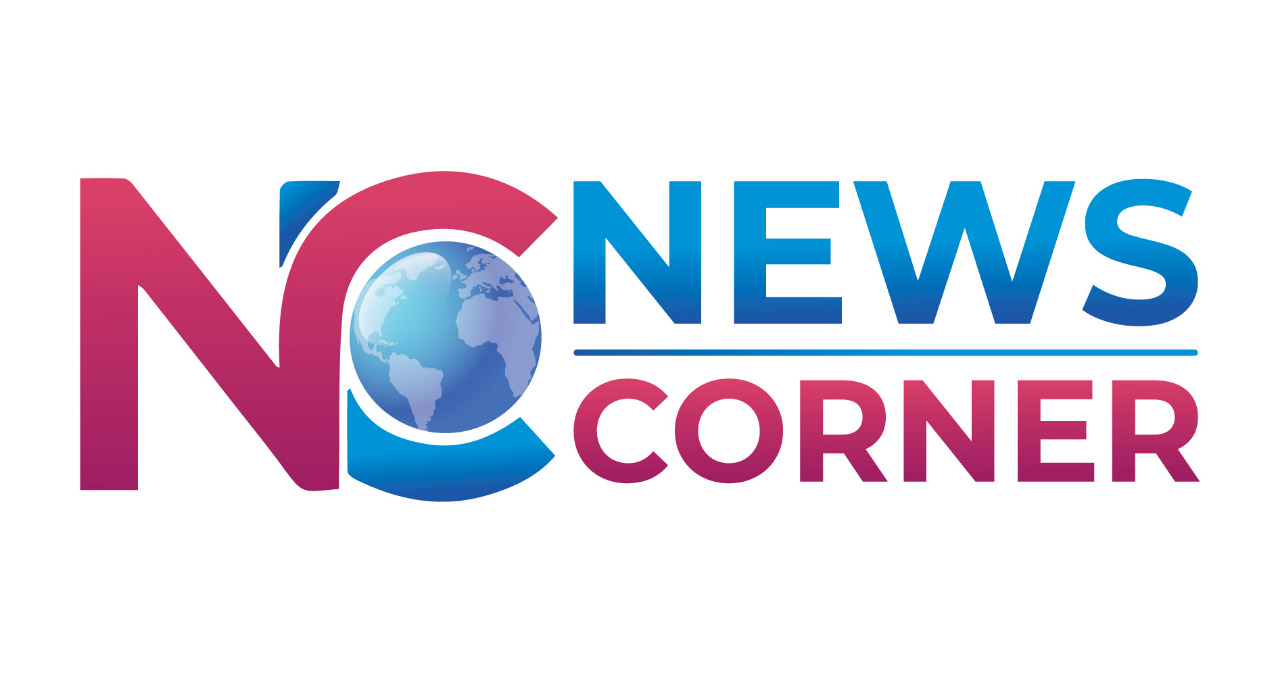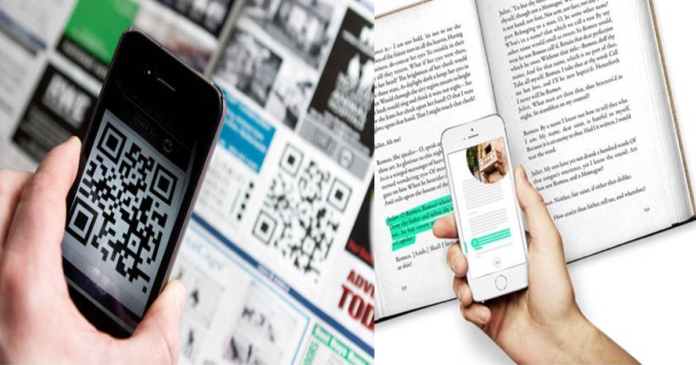The Sindh Textbook Board has decided to include QR codes (quick-response codes) in textbooks, in order to verify the legitimacy of the books sold in the market.
Sindh introduce QR code for textbooks: Agha Sohail, the chairman of the Sindh Textbook Board, stated that there are “fake” books on the market and that adding QR code security will aid in distinguishing between the two.
He stated that the province’s 9th and 10th grade textbooks will include the QR code facility. Parents and students can use their smartphones to scan the QR code to verify the book’s legitimacy.
For the academic year 2023–2024, books will also include serial numbers beneath the QR code (quick-response code), according to Chairman Sindh Text Bookboard Agha Sohail.
The Japanese company Denso Wave created the two-dimensional matrix barcode known as the QR code in 1994 for the purpose of designating automotive parts.
The use of QR codes in consumer advertising has increased. Typically, users utilize a smartphone to scan QR codes, which display the code and transform it into a useful format (such as a standard URL for a website), eliminating the need for the user to type it into a web browser.

